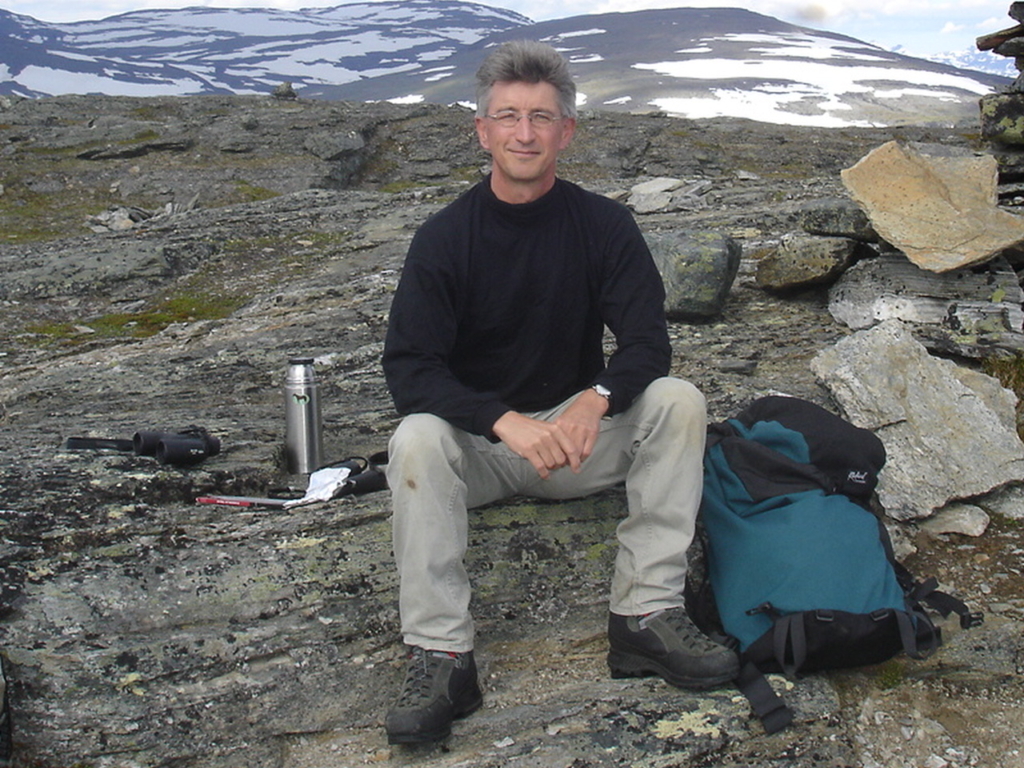NESSC Christmas Lecture 2016
On Sunday December 18th, the annual NESSC Christmas lecture takes place. In this year’s lecture NESSC-researcher prof. dr. Rien Aerts, professor of Systems Ecology at the Vrije Universiteit Amsterdam, will tell about his research on the consequences of climate change on the ecology in the coldest regions of the earth. Note: this lecture will be in Dutch.
Like last year, the lecture will be held at NEMO Science Museum in Amsterdam, starting at 16:00, coffee and tea are served from 15:30. If you’d like to take a look around in the museum first: by showing your ticket, you get free admission to NEMO from 13:00.
UPDATE 14-12-2016: The maximum number of registrations has been reached. It is no longer possible to register.
From freezer to oven: Ecological research into climate change of the polar regions

Polar regions, with their vast, pristine wilderness and their very special flora and fauna, have long since appealed to the imagination of many. During the last decennia, these regions have seen a number of great changes as a consequence of global warming. This lecture will present some of the consequences of climate change for plants, animals and soils in the polar regions by the means of a tour along our experiments held in Swedish Lapland, Svalbard, Siberia and the Antarctic.
In these areas, climate change has such an influence on living organism because the freezer is busy defrosting, which totally changes the living world of plants and animals. Over the past years polar regions have experienced episodes of extreme warming during winter, resulting in temperatures first climbing high above freezing point, then followed by rapid freezing. These cycles of thaw are disastrous for animals like lemmings and voles.
Greater sensitivity to fires
In addition to higher winter temperatures, the more southern Arctic tundra areas also have turned increasingly more sensitive to wildfires during summers, which have become warmer and drier. Tundra soils often consist of thick layers of peat, storing a lot of carbon materials. Therefore, enormous amounts of carbon dioxide are released into the atmosphere during tundra fires, which can last for months. The extra carbon dioxide contributes to more warming, strengthening the effects even further.
At the moment, we combine a number of wildfire experiments in the field with remote sensing techniques to investigate whether it is possible to predict the onset of tundra fires. It can be concluded that polar regions are tremendously influenced by climate change, yet reversely, the changing polar regions also influence the earth’s climate. The question remaining is whether plants and animals in these regions will be able to adapt quickly enough to these extreme changes.
***
Rien Aerts is professor of Systems Ecology and Head of the Department of Ecological Science at the Vrije Universiteit Amsterdam. His main scientific fascination lies in the effects of global climate warming on ecosystem biogeochemistry, especially in cold biomes.
His group has set up and manages long-term experimental warming sites since 2000 in Swedish Lapland, Svalbard, the Falkland Islands, Signy Island and the Antarctic Peninsula.

